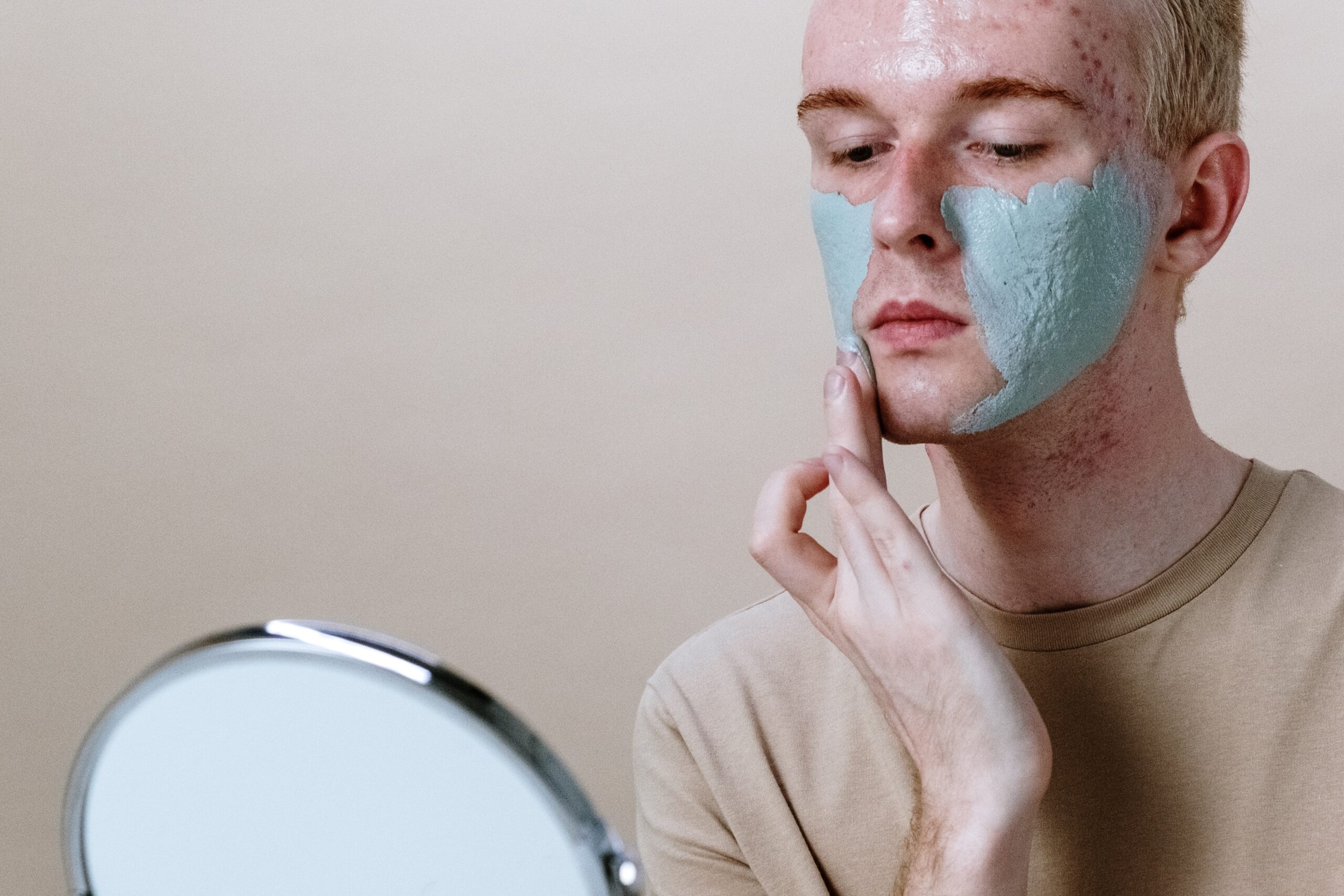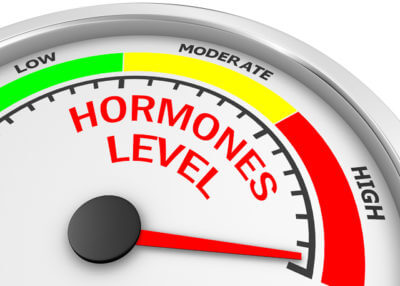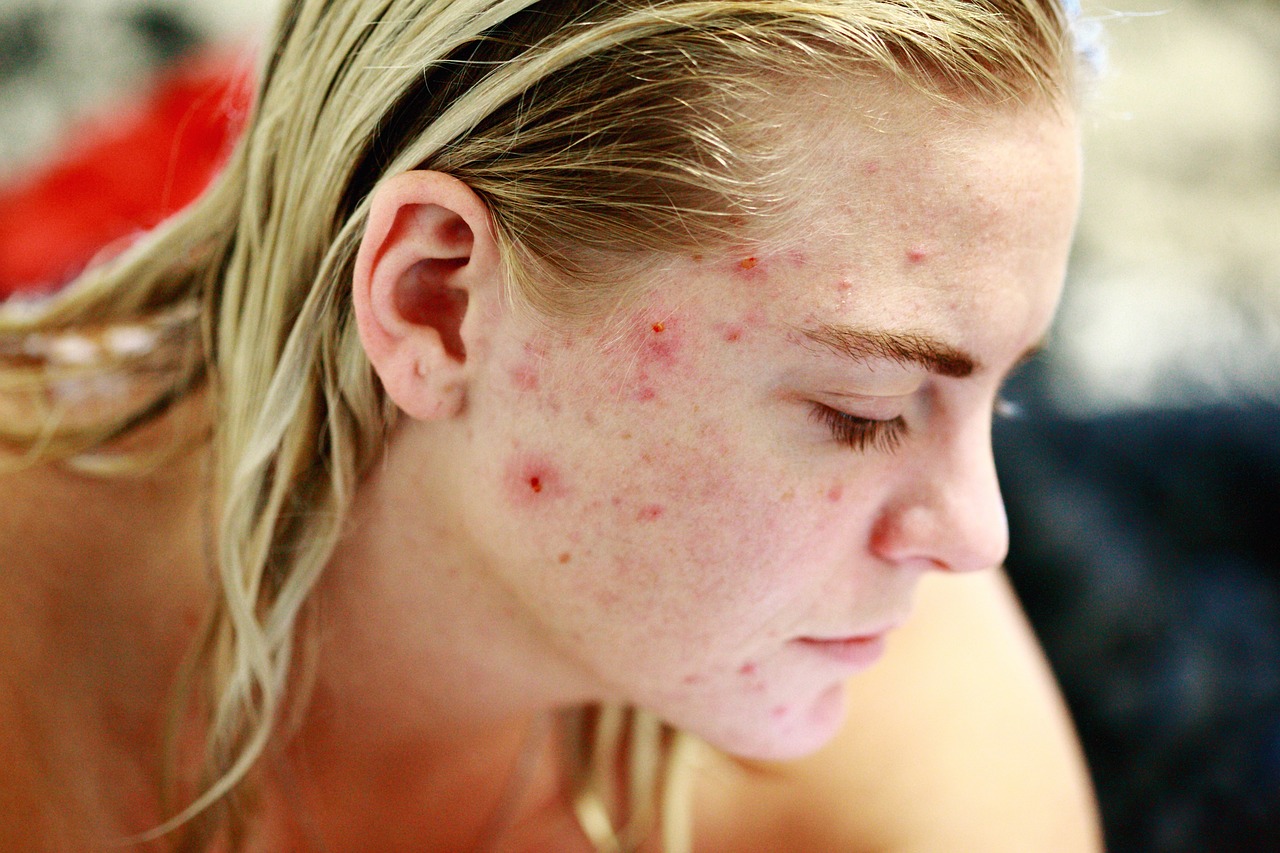
Hormonal Treatments for Acne
Hormone therapy can benefit women with acne, especially if they have signs of high male hormones, like irregular periods or hair thinning. It is suitable for women with cystic acne and typically takes 3 to 6 months to see results.
Hormonal Acne Treatments: Suitability and Effectiveness
Hormonal treatments primarily target patients who exhibit signs of elevated androgen levels or those grappling with particularly severe and stubborn acne cases. By understanding an individual’s hormonal response, doctors can better identify the root causes of acne flare-ups, paving the way for more tailored and effective treatments. If your acne manifests as widespread lesions, sudden cysts, or nodules, it could be indicative of heightened androgen levels. It’s essential to consider a hormonal imbalance as a potential cause, even for women with regular menstrual cycles, especially if there are intense breakouts preceding menstruation or if traditional treatments prove ineffective.

European medical guidelines advocate for the integration of hormonal treatments with other therapeutic approaches, especially when dealing with persistent or severe acne. This might involve combining hormonal methods with antibiotics, either topical or systemic. Additionally, these treatments can be effectively paired with other acne-fighting agents like benzoyl peroxide, azelaic acid, or even in tandem with retinoids. It’s crucial to have a detailed discussion with your dermatologist to determine if hormonal treatments align with your specific acne condition and needs.
Hormonal Acne Treatment Options
The hormonal treatment of severe acne primarily involves medications that target the production or effects of androgens, the male hormones that can contribute to acne development. These medications fall into one of four main categories:
- Androgen Receptor Blockers: These medications work by blocking the receptors that androgens attach to. By doing so, they prevent these hormones from acting on the skin and sebaceous glands, thereby reducing oil production and acne. Spironolactone is a commonly prescribed androgen receptor blocker for this purpose.
- Oral Contraceptives: Birth control pills, especially those containing a combination of estrogen and progestin, can suppress the production of androgens in the ovaries. By reducing the levels of these hormones, oral contraceptives can help regulate the menstrual cycle and decrease the severity of acne breakouts. Brands like Yaz, Ortho Tri-Cyclen, and Estrostep are FDA-approved for acne treatment.
- Glucocorticoids: These are a class of steroid hormones that can suppress the production of androgens. They are often used to treat various inflammatory conditions, and in the context of acne, they can help reduce inflammation and the production of androgens that contribute to acne. Prednisone is a commonly prescribed glucocorticoid.
- Enzyme Inhibitors: Specifically, 5a-reductase inhibitors play a crucial role in preventing the conversion of testosterone to its more potent form, dihydrotestosterone (DHT). By inhibiting this enzyme, these medications reduce the levels of DHT, which is often associated with acne development. Finasteride and dutasteride are examples of 5a-reductase inhibitors.
It’s essential to consult with a dermatologist or healthcare provider to determine the most appropriate hormonal treatment for individual cases. They can provide guidance on the potential benefits, side effects, and considerations for each medication.
Estimated costs for commonly available products containing hormonal treatments for acne:
- Approximate cost of a 30-day supply of oral contraceptive pills: $9 to $35 [GoodRx_Ortho Tri-Cyclen].
- Approximate cost of 30 tablets of spironolactone: $3 to $12 [GoodRx_Spironolactone].
Latest articles


Hormonal Acne Treatment with Topical Creams

Cystic Acne on the Back: Best Treatment Options

Top Supplements for Treating Cystic Acne
